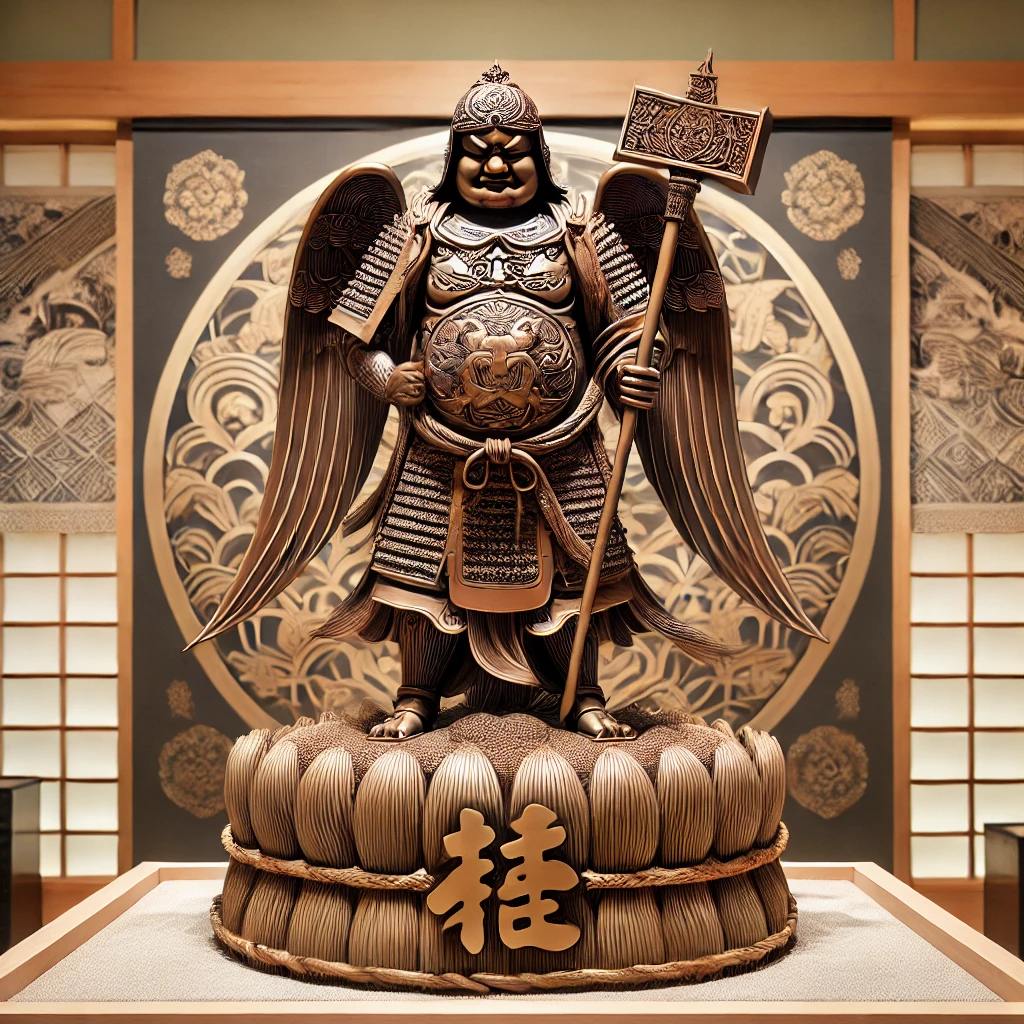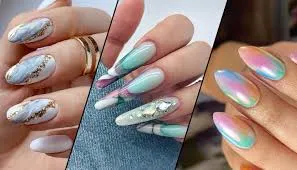
Japanese bronze sculptures hold a unique place in the art world, blending fine craftsmanship with profound cultural symbolism. Among these, the Ikoku with hammer Japanese bronze sculpture stands out as a representation of wealth, prosperity, and tradition. This guide delves deep into their history, symbolism, artistic characteristics, and value in today’s art and antique markets.
Historical Background of Daikokuten and the Ikoku with Hammer
Origins of Daikokuten
Daikokuten, one of the Seven Lucky Gods in Japanese mythology, symbolizes prosperity and fortune. Originating from the Hindu deity Mahākāla, Daikokuten’s transformation into a Japanese deity occurred through syncretism between Buddhism and Shintoism. Traditionally depicted with a magical hammer, rice bales, and a cheerful demeanor, Daikokuten embodies abundance and protection.
Evolution of the Ikoku with Hammer Motif
The Ikoku with hammer Japanese bronze sculpture specifically portrays Daikokuten wielding the uchide no kozuchi (“magic hammer”), believed to grant wishes and wealth. The motif evolved through the Edo and Meiji periods, reflecting the cultural emphasis on prosperity during these eras.
Symbolism of the Ikoku with Hammer Sculpture
The Magic Hammer (Uchide no Kozuchi)
The hammer symbolizes limitless wealth and the power to fulfill desires. When shaken, it is believed to produce treasures, reinforcing Daikokuten’s role as a god of prosperity.
Supporting Symbols
- Rice Bales: Represent abundance and agricultural wealth.
- Rats: Often depicted near Daikokuten, rats signify plenty as they thrive where food is abundant.
- Cheerful Expression: Conveys optimism and good fortune.
Artistic Characteristics of Ikoku with Hammer Japanese Bronze Sculptures
Common Poses and Designs
Ikoku sculptures often depict Daikokuten standing atop rice bales, holding the hammer aloft. These designs highlight his association with wealth and joy.
Variations Across Periods
- Edo Period: Sculptures focused on religious symbolism and household blessings.
- Meiji Period: Exhibited intricate craftsmanship influenced by Western techniques, leading to more elaborate designs.
Crafting Techniques: From Bronze to Masterpiece
Lost-Wax Casting Method
The traditional lost-wax casting method was used to create these intricate sculptures. This process involved crafting a wax model, encasing it in clay, and replacing the wax with molten bronze.
Patination
Artisans used chemical treatments to achieve the characteristic dark patina, adding depth and texture to the sculptures.
Attention to Detail
From the folds of Daikokuten’s robes to the intricate patterns on the hammer, these sculptures showcase the meticulous artistry of Japanese craftsmen.
Cultural Significance of Ikoku with Hammer Sculptures
Role in Japanese Households
Often placed in homes or businesses, these sculptures serve as talismans for wealth and success. They are also central to rituals during festivals dedicated to the Seven Lucky Gods.
Influence on Japanese Art
The motif has inspired countless paintings, carvings, and other artistic expressions, solidifying its importance in Japanese cultural heritage.
Tips for Collectors: Identifying Authentic Ikoku Sculptures
Key Features to Look For
- Material Quality: Authentic sculptures are made from high-quality bronze.
- Signature or Markings: Many original pieces bear the artist’s signature.
- Patina: Look for a natural patina indicating age.
Preservation and Care
- Clean sculptures gently with a soft cloth.
- Avoid harsh chemicals that can damage the patina.
- Store in a dry environment to prevent corrosion.
Market Value
The value of these sculptures depends on age, condition, and provenance. Pieces from the Edo or Meiji periods are particularly sought after by collectors.
Notable Ikoku Sculptures and Locations
Famous Examples
- Tokyo National Museum: Houses exquisite examples of Daikokuten sculptures.
- Kyoto Temples: Display traditional bronze works depicting the Seven Lucky Gods.
Regional Variations
Different regions have unique interpretations of Daikokuten, with variations in attire and hammer designs.
Conclusion
The Ikoku with hammer Japanese bronze sculpture is more than just an artwork; it’s a cultural treasure that embodies Japan’s rich artistic and spiritual heritage. From its historical origins to its intricate craftsmanship and cultural symbolism, these sculptures continue to captivate collectors and art enthusiasts alike. By understanding their history, artistry, and significance, one can truly appreciate the enduring legacy of these remarkable bronze creations.
FAQs
- What role does Daikokuten play in Japanese New Year traditions?
Daikokuten is often honored during the Japanese New Year as a symbol of good fortune for the coming year. - Are there specific regions in Japan known for producing high-quality Ikoku sculptures?
Yes, regions like Kyoto and Kanazawa are renowned for their skilled bronze artisans and historical significance in sculpture production. - What other materials, besides bronze, are used to depict Daikokuten?
While bronze is traditional, Daikokuten is also depicted in wood, ivory, and even ceramics, depending on the period and region. - How can I determine the approximate age of an Ikoku sculpture?
Features like the patina, artistic style, and any inscriptions or markings can help experts estimate the age of the piece. - Do Ikoku sculptures have any connection to Japanese tea ceremonies?
In some cases, Ikoku sculptures are included as decorative or symbolic items in tea ceremonies to invoke prosperity and good luck.






